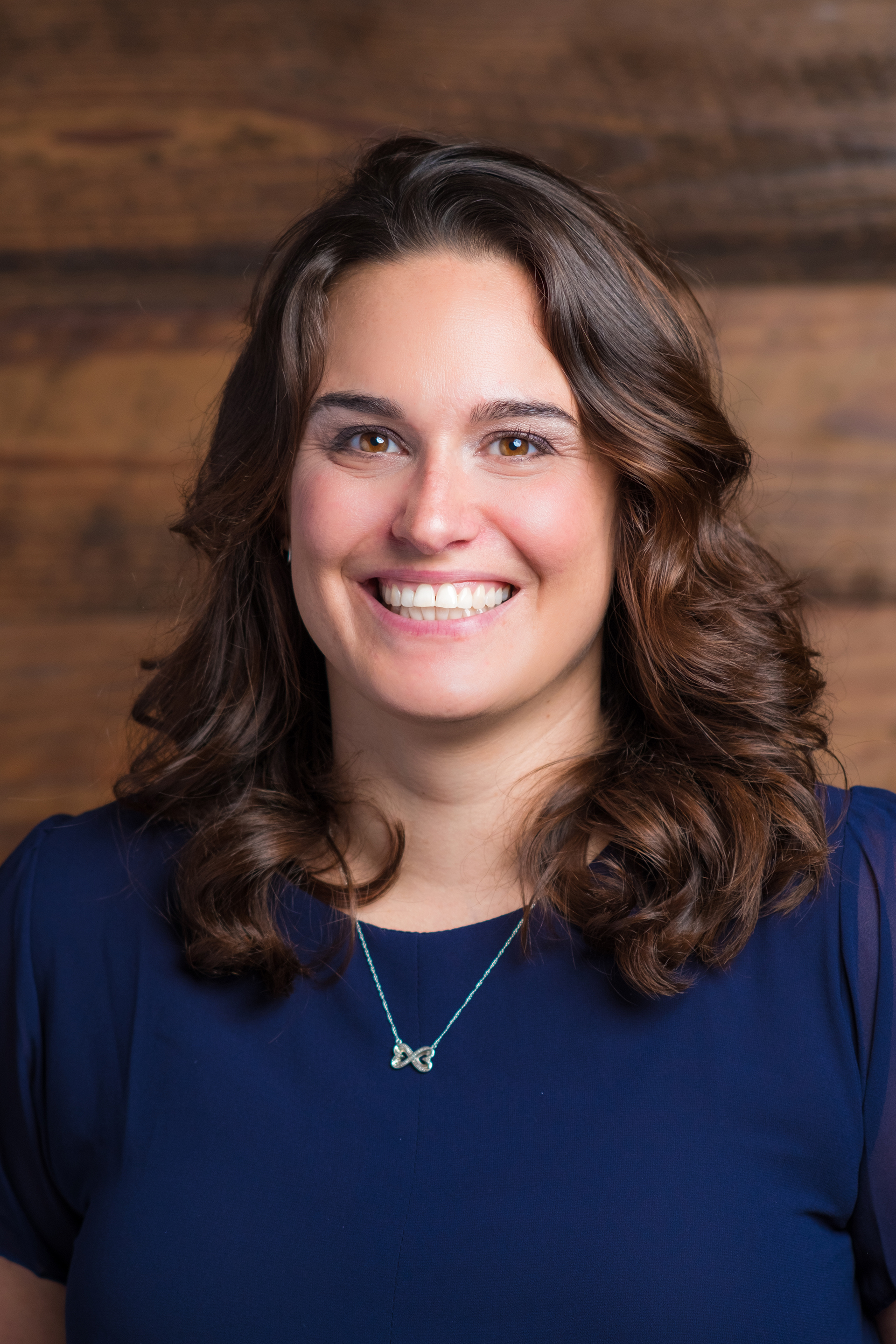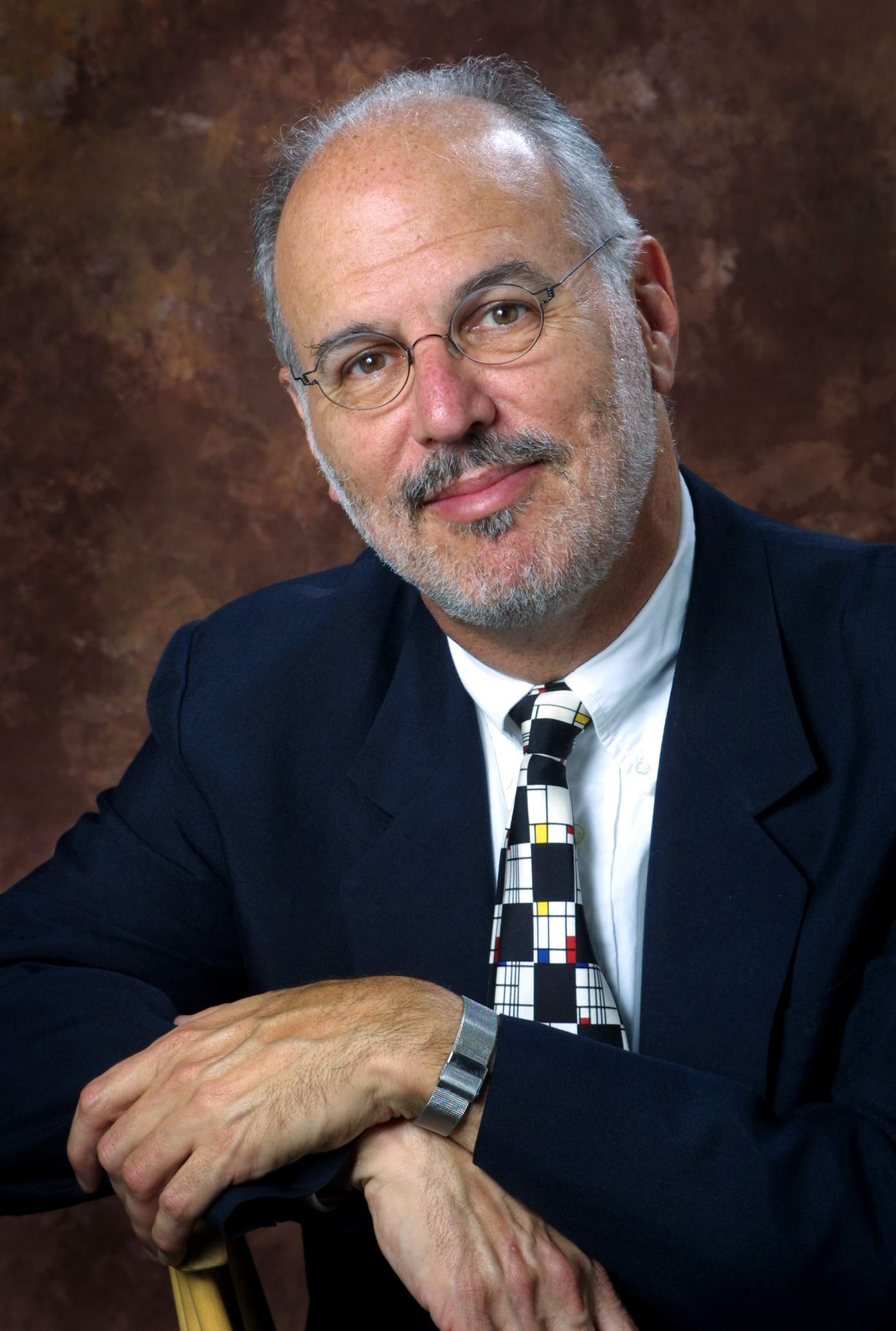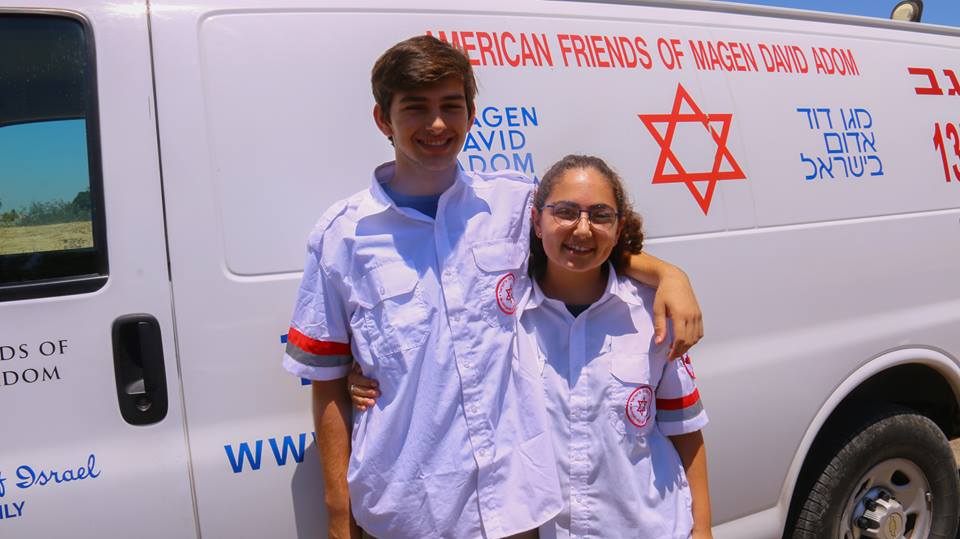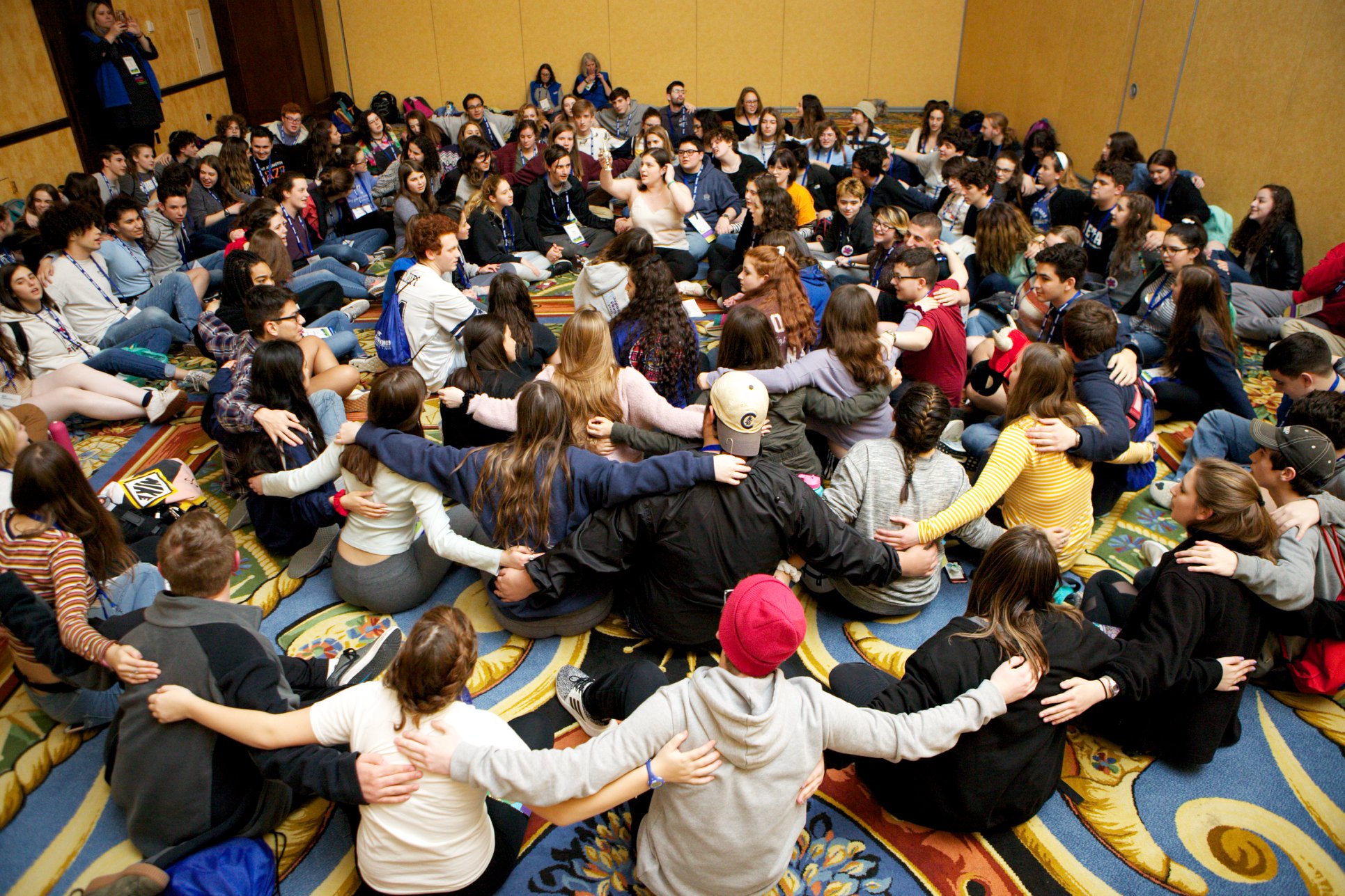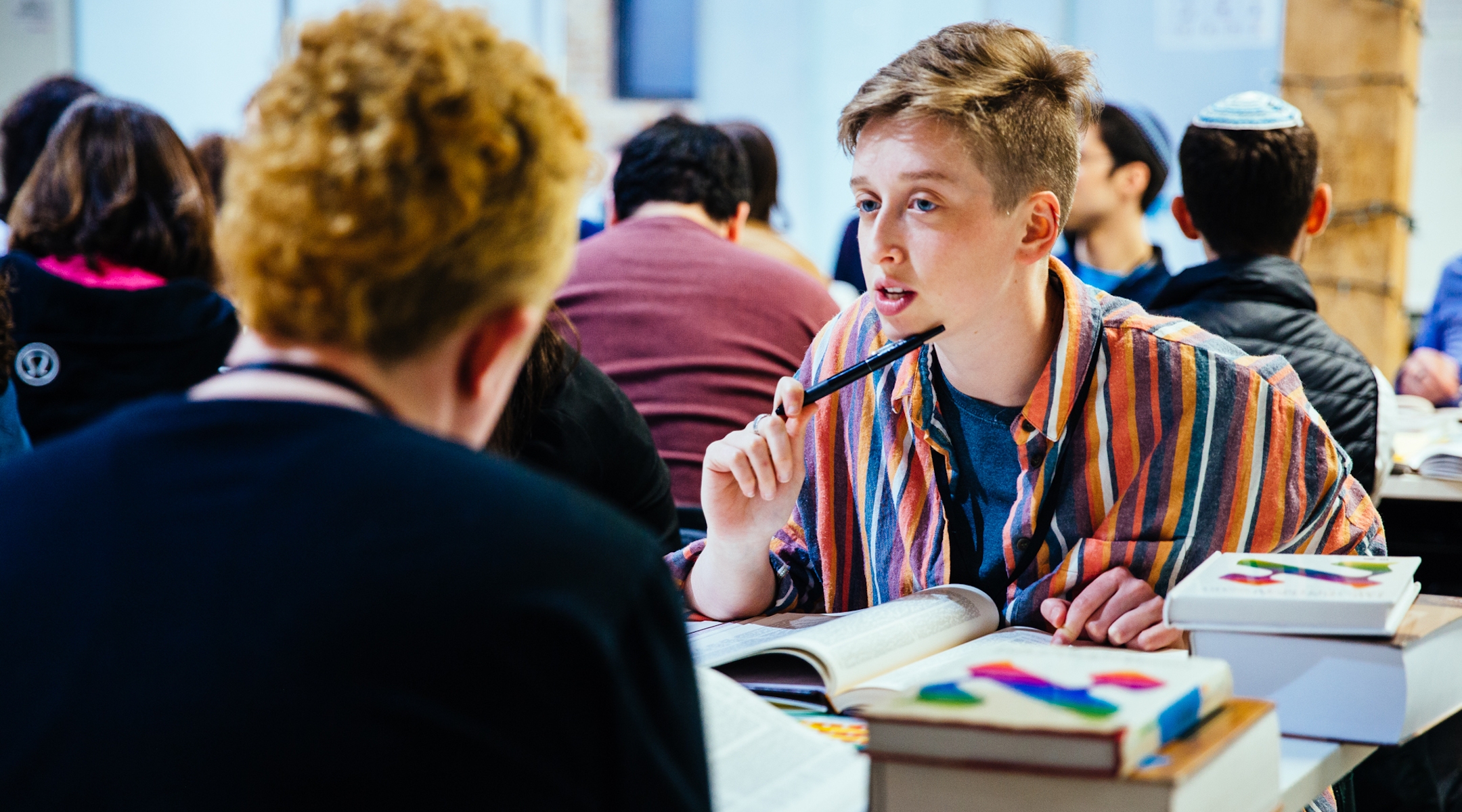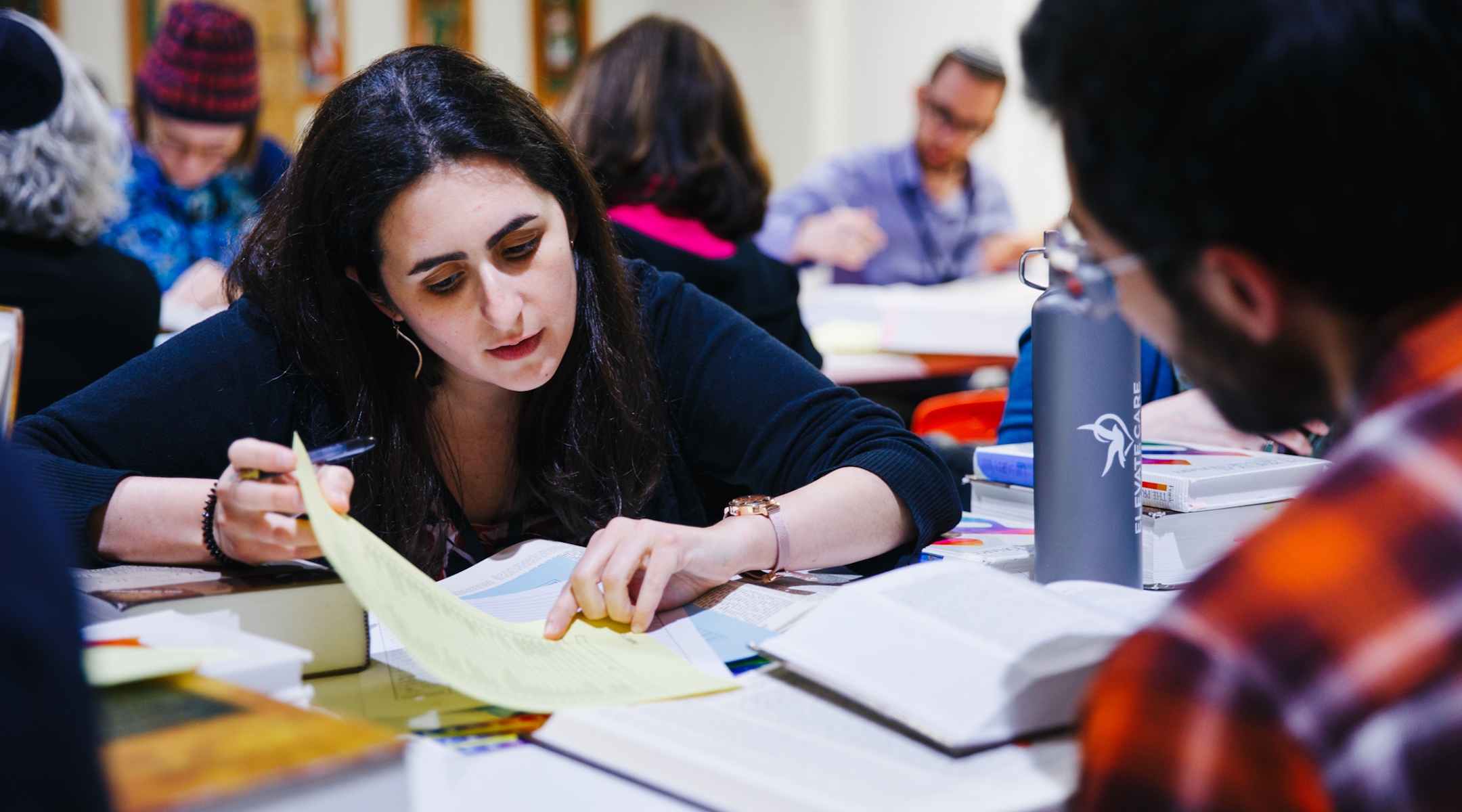If it’s true that money talks, the Shalom Hartman Institute of North America is about to get an earful.
In a joint announcement this month, the Koret Foundation and the Jim Joseph Foundation, both based in San Francisco, said they will give $10 million each to the institute over the next five years.
The $20 million total is one of the largest financial gifts in the history of the Shalom Hartman Institute, a center of Jewish thought and education with a mission to “strengthen Jewish peoplehood, identity and pluralism,” according to its website.
A headline on InsidePhilanthropy.com called it a “record gift” that will “help navigate an unprecedented crossroads of Jewish history.”
The funding, mostly for general operations, will accelerate North American expansion of the Jerusalem-based institute, which now has offices in New York City, San Francisco, Boston, Toronto, Los Angeles, Detroit and Washington, D.C.
It will also be used to hire new scholars, open offices in additional cities, host more events, beef up the Institute’s digital presence, establish more research groups and expand training.
The $20 million will “allow us to build up across the country and put the right tools in front of the right leaders to fight the right challenges, and do it in a serious, sustainable way,” said Dan Friedman, Hartman’s North American director of content and communications.

“Koret does not make a lot of $10 million grants,” said Jeff Farber, CEO of the Koret Foundation, which has been funding a Hartman pilot program in the Bay Area since 2013. “This is basically a $20 million business plan to expand what has been successful in the Bay Area.”
Since 2013, that pilot program has engaged in a variety of events, such as bringing in Shalom Hartman scholars to give public lectures and to meet with Jewish community leaders to help them further ground their organizations in Jewish values. The list of scholars has included Rabbi Donniel Hartman (Shalom Hartman president) and Yehuda Kurtzer (North American president).
“The teachings are insightful and relevant, but grounded in Torah,” said Ollie Benn, San Francisco Hillel executive director, who has attended many Hartman Institute gatherings. “They manage to identify contemporary issues that impact the community and the Jewish world, based on texts that illuminate these issues. [The meetings] create a space with some of the sharpest minds in Jewish thinking to reframe and grapple with complex issues in new ways.”

Barry Finestone, president and CEO of the Jim Joseph Foundation, said his organization has funded numerous Hartman initiatives over the years, such as its iEngage Fellowship for Student Leaders, which helps college students address issues surrounding Israel. This donation marks the foundation’s first large-scale general operating grant to the organization.
“We were already familiar with their work and the quality of it,” Finestone said. “It became clear to us that a number of other grantee partners we work with were using [Hartman] services for their own learning and education. Also, we have as one of our major strategic priorities supporting exceptional Jewish leaders and educators — and we view this [$10 million] grant as a signature grant in this arena.”
Finestone said SHI is more than a think tank. He calls it a “think-and-do tank.”
Rabbi Joshua Ladon, West Coast director of education, said the grants will allow him to “move toward a vision of San Francisco being the hub city” for Hartman’s work in North America. Part of the plan is to build what he called “cohorts of learners and leaders.”
This fits with the Hartman model of having deeply intellectual collective conversations about issues of concern to Jews today, something Ladon says is part of the organization’s DNA.
“We’re grabbing a group of Bay Area senior educators,” Ladon said. “We already have groups of rabbis meeting on a regular basis, groups of executive directors [of Jewish nonprofits] meeting, trying to increase cross-communal congregating at all levels of Jewish life, both to strengthen those organizations and also help build a group of Jewish thought leaders.”
Finestone eagerly sings the praises of the institute, largely because he has participated in sessions facilitated by its scholars.
“While they are deeply pluralistic, their ability to bring diverse Jewish thinkers and teachers together to talk about critical issues sets them apart,” he said. “Some of the pillars that govern North American Jewish life today are products of brilliant ideas that were generated through deep discussion and intellectual curiosity.”
While the $20 million will open up plenty of new options for Shalom Hartman’s presence in North America, Friedman said some things about the approach to scholarship will not change.
“We are able to elevate and deepen the conversations to go both broader and deeper, and take people into a place where they can bring an understanding of their local communities into sharper effect,” he said.
“Here are the tools: thousands of years of ethical and experiential teaching from men and women of wisdom. We bring these old and current texts, and they will give you the tools to deal with the community in the best possible way.”
